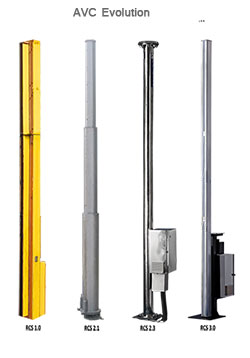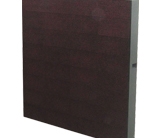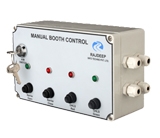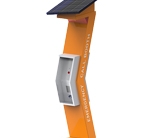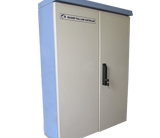Automatic Vehicle Classification System is based on VLSI technology. It is a high speed device which records the side profile of the vehicle and classifies it as defined vehicle class. It is capable to work in any environmental conditions.
Company is having proficiency in Hi-speed scanning infrared devices namely Automatic Vehicle Classification (AVC) System.It is capable of distinguishing vehicle classes as defined. It comprises of Receiver tower & its control panel and Transmitter tower & its control panel together with the supporting software on the lane PC.
The lane computer compares and checks this classification information with the vehicle class entered by the toll collector. If there is a discrepancy between the two classifications, the information is communicated to the audit workstation for further processing by the toll supervision staff.
The classification is purely based on vehicles shape and height irrespective of any fixed parameters. Vehicle model database is updated every time new type of vehicle model is passed through the towers. So it is a process where we can easily add a new vehicle model in the database if there is a new model launched in the market. Due to variable speed of vehicles passing through the RCS, the side profile may retrieve in proper symmetry or get shorten or get stretched. But all the necessary care has been taken into the image processing component which completely eliminates the speed factor or length of the vehicle. Hence practically speaking there is no effect of the speed on the classification of RCS.
On Indian roads, vehicle overloading is very common practice and due to overloading vehicle are becoming oversized which tend to hit the toll lane equipment such as AVC . To avoid to this situation we have come up with the enhancement in the existing AVC tower. We have designed a new Rajdeep’s AVC model – RCS 3.0 to withstand accidental vehicle collision or rampage on the AVC tower. The new design incorporates mechanical actuator which gradually rotates the tower when a vehicle hits the tower, minimizing the impact of collision and restores the tower back to its position gradually. This additional functionality is very suitable for Indian road conditions.

